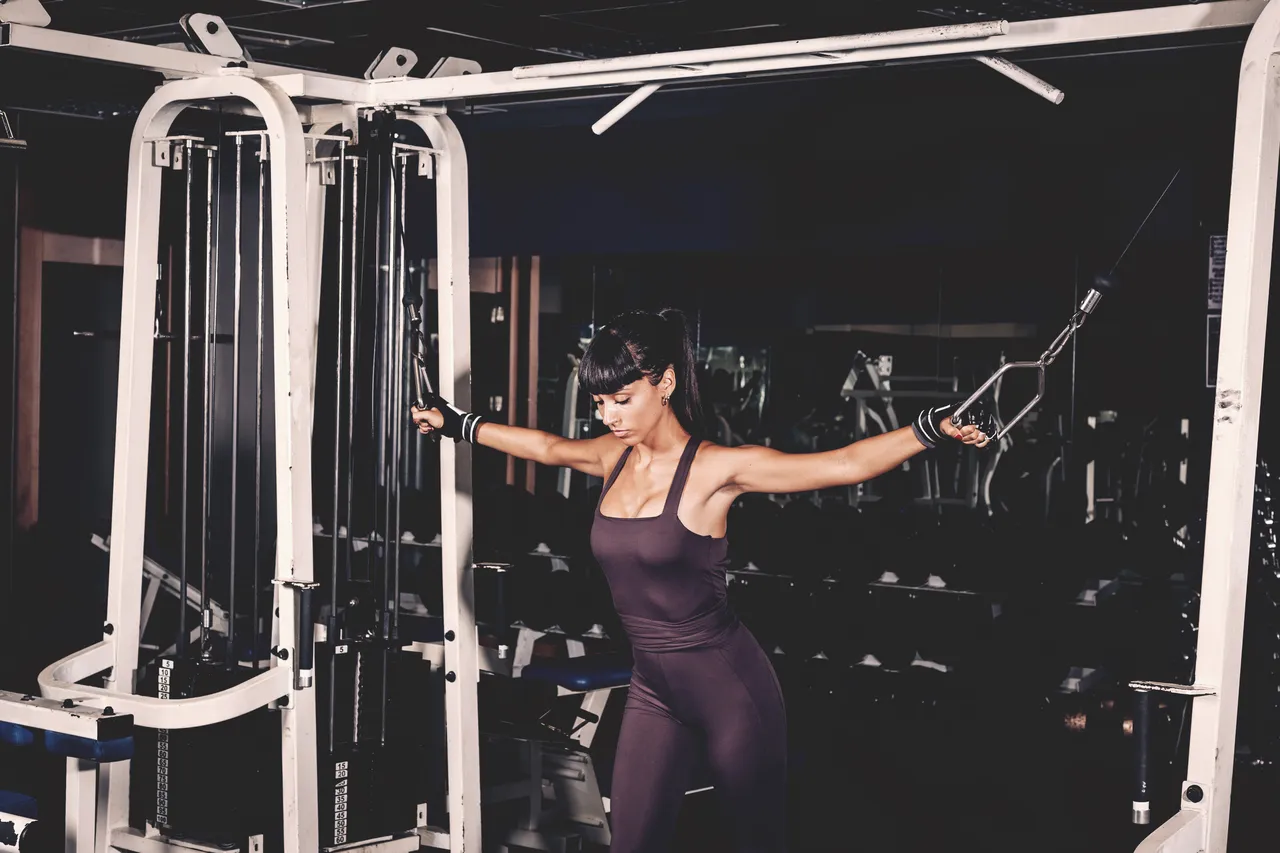 Friday, July 18, 2025
Friday, July 18, 2025Supersets: The Turbo Boost for Your Muscle Growth and Training Time
In the gym, it's not just about what you train—but also how. If you want to get the most out of your workout without spending hours clinging to machines, then supersets could be your game changer. This training method is not new, but it is highly effective—used by professional bodybuilders as well as time-conscious hobby athletes.

What are Supersets?
A superset means: two exercises performed consecutively, without a break. Depending on your goals and muscle combinations, supersets can be structured differently:
- Antagonist Superset: Two opposing muscle groups, e.g., biceps & triceps.
- Same Muscle Group: Two exercises for the same muscle, e.g., bench press + fly for the chest.
- Lower + Upper Body: Full-body activation, e.g., squats + shoulder press.
- Strength + Endurance: First heavy, then fast – e.g., deadlift + jumping rope.
This method provides an intense workout stimulus, saves time, and burns more calories.

A Scientific Perspective: Why Supersets Work
Studies show that supersets create more metabolic stress—a crucial factor for muscle growth (Schoenfeld, 2010). The so-called Time Under Tension is also increased, supporting hypertrophy. A study published in the “Journal of Strength and Conditioning Research” found that participants performing supersets achieved more repetitions and higher calorie burn in the same time as traditional training sets (Kelleher et al., 2010).
Moreover, superset training can enhance the afterburn effect (EPOC)—your body continues to burn energy hours after the workout.

Benefits of Supersets at a Glance
| Advantage | Description |
|---|---|
| Time Saving | Two exercises in one set = shorter workout |
| Increased Intensity | Fewer breaks = higher pulse, more metabolic activation |
| More Muscle Stimulus | Through the combination of synergistic or antagonistic muscles |
| Ideal for Definition | More volume, less rest—optimal for fat loss and muscle definition |
| Mental Stimulation | Variety instead of monotony—ideal for breaking through training plateaus |

Sample Workout: Chest-Triceps Superset
Here is a classic push superset workout:
| Superset | Exercise 1 | Exercise 2 | Repetitions |
|---|---|---|---|
| 1 | Barbell Bench Press | Triceps Pushdown (Cable) | 10–12 each exercise |
| 2 | Incline Dumbbell Press | Dips (Bodyweight) | 8–10 each exercise |
| 3 | Cable Crossover | Triceps Kickbacks | 12–15 each exercise |
Tip: Pay attention to proper technique during supersets, as you are training with reduced recovery. Reduce the weight slightly if you notice your form deteriorating.

Who are Supersets Suitable For?
Supersets are not just for advanced athletes. Beginners can also benefit from basic exercises with light weights. It is important to choose the right exercise combination and to be attentive to signs of fatigue.
Recommended for:
- Time-pressed athletes
- Bodybuilders in the definition phase
- Advanced athletes facing a training plateau
- Strength athletes looking to implement new stimuli
Not recommended for:
- Technical difficulties (e.g., with squats)
- Overtraining
- Rehabilitation phases

Superset ≠ Superfast
Although you work without pause, it does not mean you should rush. Keep your movements controlled, especially during the eccentric phase (e.g., lowering the barbell). The muscle stimulus is created by tension—not by haste.

The Mental Effect: No Chance for Boredom
Supersets bring variety, focus, and excitement to your workout. You need to maintain technique, manage your weight, and discipline yourself—this keeps your mind sharp and maintains the training flow. Perfect for those who often find themselves distracted by their phones during set breaks at the gym.

Conclusion
Supersets are a simple yet effective training principle that saves time, stimulates muscles, and boosts metabolism. Whether you're looking to build mass, define muscle, or simply train more efficiently—this method adds new vitality to your workout. It’s important to choose exercises wisely, adjust the weight, and maintain focus. Give it a try: two exercises—one set—maximum impact.


